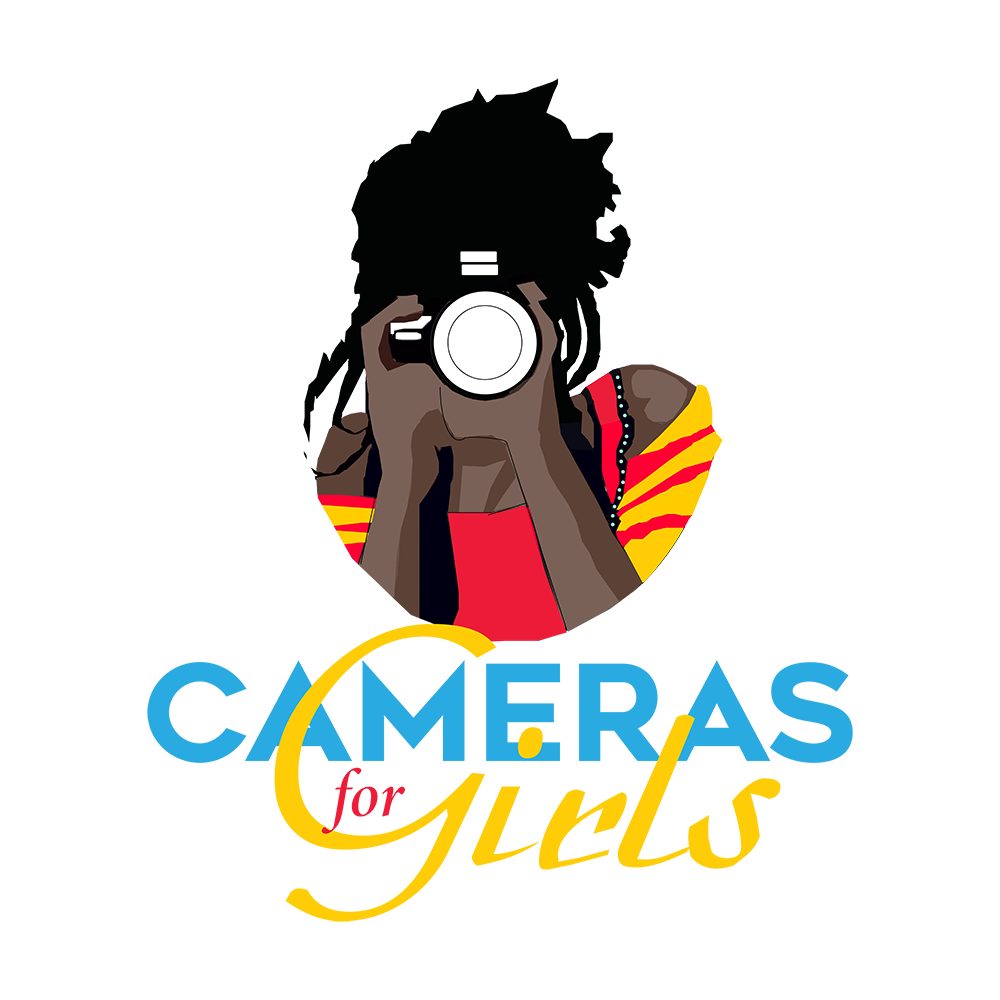How Media Partnerships Empower the Next Generation of Female Storytellers in Africa
In male-dominated media spaces across Africa, young women aspiring to become journalists and photographers face an uphill battle. Despite their passion, talent, and education, many encounter systemic barriers that prevent them from breaking into the industry. According to a UNESCO report, women occupy only 24% of top media leadership positions globally, and the numbers are often lower across Africa. Additionally, a 2023 IWMF study found that two-thirds of women in African media have experienced workplace bias or harassment, which further discourages them from pursuing long-term careers.
At Cameras For Girls, we know that breaking these barriers requires more than education—it requires opportunity. By forming partnerships with media organizations across the continent, we can help our graduates transition from learners to leaders. These partnerships are critical because they provide internships, mentorship, and eventually paid placements that give young women their first real break in the industry.
A student from Tanzania explains how difficult it is to get equal pay in media.
Why Media Partnerships Matter
1. Foot in the Door: Creating First Opportunities
One of the hardest hurdles for women in media is securing their first professional opportunity. Research shows that over 60% of female graduates from journalism programs in Africa remain unemployed for up to two years post-graduation, not because of a lack of talent but due to limited access to industry networks and mentorship.
Partnerships with media houses, news platforms, and digital publications provide our graduates with opportunities for practical experience—whether through summer internships, freelance assignments, or junior editorial roles. These initial roles are often stepping stones to permanent employment.
2. Building Credibility and Real-World Experience
Degrees alone don’t always translate into job offers, especially in an industry that values portfolios over transcripts. Practical, real-world experience is crucial for building credibility. Unfortunately, gender bias means that many talented women are excluded from key assignments, particularly in political reporting, photojournalism, or investigative journalism. Partnerships with media organizations allow our graduates to build diverse portfolios that showcase their skills and prove their capabilities.
3. Expanding Professional Networks
In the media industry, networks are often as important as qualifications. Yet, many young women lack access to these professional circles. Partnerships with media organizations provide our graduates with invitations to networking events, connections to mentors, and introductions to industry insiders who can open doors to new assignments and job offers.
For example, one of our recent graduates in Uganda secured a full-time role after connecting with a senior editor during an internship arranged through a media partnership.
4. Championing Ethical Storytelling
Ethical storytelling is a cornerstone of our training program. However, ethical practices must be reinforced in real-world settings. Partnerships with organizations that value truth-telling and inclusion ensure that our graduates continue to practice responsible journalism as they grow in their careers. In turn, they bring authentic and underrepresented stories from their communities to larger audiences, enriching the media landscape with diverse perspectives.
Mutual Benefits of Collaboration
Partnerships are a two-way street. While our graduates benefit from gaining critical experience and industry connections, media organizations also reap significant advantages by collaborating with initiatives like Cameras For Girls.
1. Access to Diverse Talent with Unique Perspectives
In a global media landscape that increasingly values inclusivity and authenticity, accessing fresh, diverse talent is essential. Through partnerships with organizations like Women’s eNews, media houses gain access to young women who bring unique cultural insights and compelling storytelling abilities. Many of these women come from marginalized communities and have firsthand knowledge of the issues they report on—offering narratives that challenge stereotypes and provide deeper context.
For example, a recent collaboration with Women’s eNews led to a feature by one of our graduates that brought global attention to gender-based violence in rural Uganda. Stories like these resonate because they come from someone embedded in the community, making the reporting more impactful and credible.
Meeting Corporate Social Responsibility (CSR) and Gender Equality Goals
Media organizations today face increasing pressure to demonstrate their commitment to gender equality and representation. Partnerships with initiatives like Cameras For Girls help media outlets fulfill these commitments while amplifying new voices. Collaborating with mission-driven organizations like ECPAT and Women’s eNews enhances the ethical standards within media spaces. Our students are trained in ethical storytelling, emphasizing human dignity, consent, and community representation. When they enter newsrooms or contribute to collaborative projects, they help foster a culture of accountability and inclusivity. This benefits media organizations by ensuring their stories reflect integrity and transparency—values crucial for maintaining audience trust in an era of misinformation..
Our Call to Action: Expanding Media Collaborations Across Africa
Cameras For Girls is dedicated to building a robust ecosystem where talented young women can transition from learning to leading. We aim to expand our partnerships with media-related organizations across the continent, creating more pathways to sustainable careers in journalism and media.
If you’re part of a media house, journalism network, or women-led organization, we invite you to collaborate with us. Together, we can create a media landscape where women’s voices are not just present but are amplified and celebrated.
Final Thoughts
The journey from journalism student to professional storyteller isn’t linear—it requires partnerships, mentorship, and intentional opportunities. By working with media organizations, we’re not only training photographers and journalists but also reshaping the industry to be more inclusive and equitable.
When one woman rises, she brings others, and another powerful woman is ready to take on the job.

